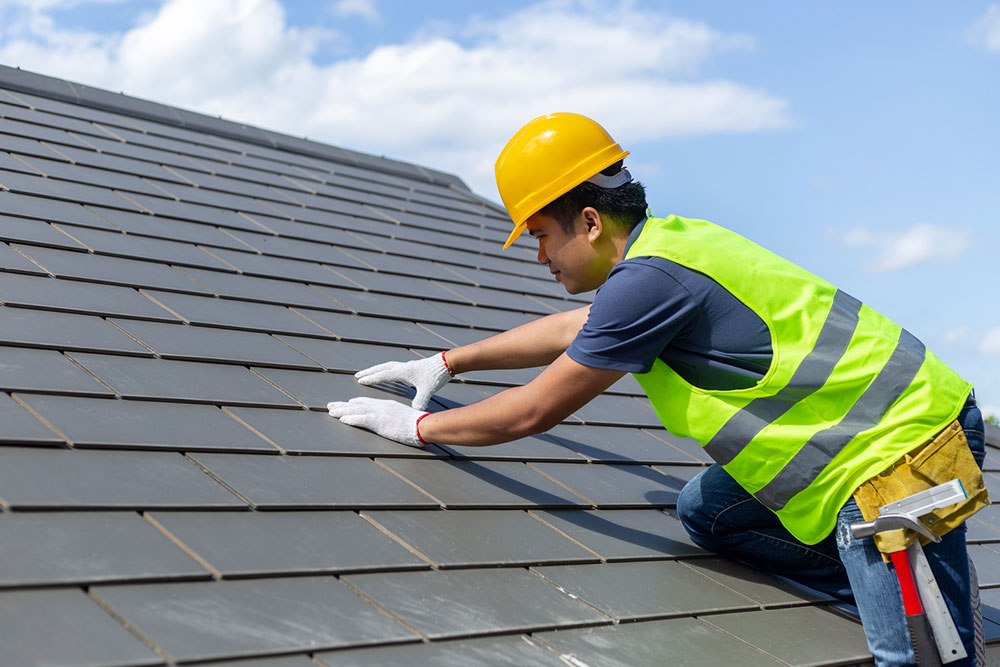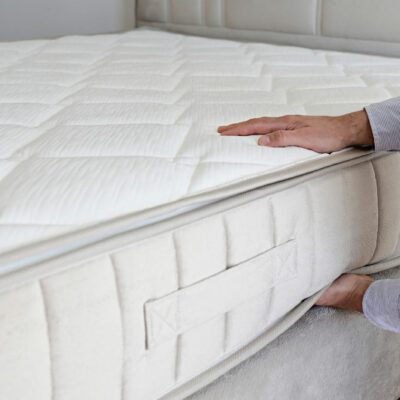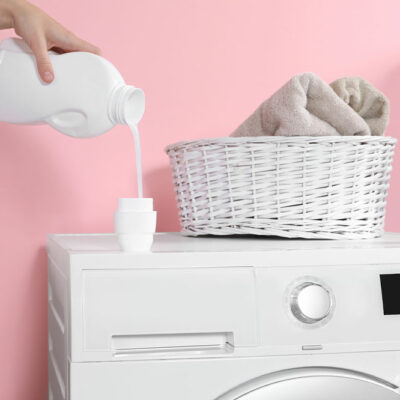6 common roofing mistakes to avoid

Roofing is a complex process that requires lots of precision. Therefore, people should hire trained professionals for the job instead of experimenting. However, individuals who have done roofing-related activities by themselves many times before and have succeeded can complete the task alone. That said, while executing roofing tasks, even DIYers tend to make certain critical mistakes that waste time and energy. Six such commonly made roofing mistakes are highlighted below:
Not removing old shingles
One of the most glaring mistakes one can make while roofing is placing new shingles over existing ones. For safety and hygiene purposes, the authorities in many areas have made it legally impossible for people to place multiple shingles one atop the other. So, one must carefully remove roofing shingles that have become old, creaky, and broken and replace them with brand-new ones after a round of cleaning of the old roof.
Another reason why placing new shingles on top of older ones is wrong is because the arrangement creates multiple crevices and zones in which dirt and moisture can collect. This inevitably leads to further damage to one’s roof and more expensive repairs in the future.
Using nails improperly
Ensuring the shingles are fixed in place is the most challenging thing when roofing. A good way of keeping shingles in place is using nails correctly. Shingles tend to slip downwards if not nailed down perfectly onto the roof. Lots of people use very few nails, which is a big mistake. The shingles do not get sufficient support in this scenario and slide down, which can be dangerous if someone is walking around the house.
People should use at least four nails per shingle to hold the piece in place. In roofs that have steep slopes, people should use at least six. Additionally, the nails should not be driven into or above the self-sealing strip.
Not accounting for slope
Sloping roofs need different materials to stay stable, depending on how steep they are. For example, a pitched roof will not support built-up roofing, where layers of asphalt are applied between ply sheets. Many DIYers and novice contractors go through a wide range of roofing material options completely unaware (or partially aware) of this compatibility problem related to the slope of a roof.
Ideally, only a certain number of materials can be used for roofs at a specific slope degree. These materials stick together and hold up well, even under pressure. However, they are likely to have other drawbacks that make them unsuitable if used for roofs sloping at a different angle over a property. Using the wrong roofing materials makes the entire arrangement shaky and collapsible, even under little to moderate pressure. So, research or expert assistance is key to getting roofing right.
Recycling the flashing
One must try not to save money at every possible opportunity and cut corners while doing certain roofing operations. A roof is the most pivotal component of one’s house, so no expense should be spared while one attempts to repair or replace it. A prominent example of cutting corners is people reusing old flashing while repairing or replacing their existing roof. Flashing is a sheet made of thin metallic layers. It is used to waterproof the breaks in one’s roof that would otherwise cause rain droplets to seep into the lower layers of the structure. For example, the place where a gutter or a chimney meets the roof shingles usually features a flashing to protect the grove through which water may enter if it is left open.
One should always replace old flashing with sturdy, brand-new ones purchased specifically for the purpose. Every re-roofing job, therefore, effectively becomes a flashing replacement job as well.
Not having enough ventilation
Air circulation is quintessential for any home. A house that does not have proper air circulation tends to capture and trap pollutants and other unpleasant airborne elements within the structure as they do not have any space to escape. Therefore, while a roof is being replaced, it is necessary to ensure adequate air circulation to give the property room to breathe.
During roof repairs and replacement, debris and dust collect inside the house. These particles cause respiratory issues among the people living there. So, one must set up a ventilation solution to avoid respiratory problems and other more serious health issues during this time. The ventilation should be designed in such a way that fumes, dust, and debris can leave the house.
Installing the roof improperly around skylights and solar panels
Skylights and solar panels are a part of many roofs across the country. Sometimes, when installing a new roof, one may leave holes in and around these panels. The gaps can cause problems like water leaks, leading to unnecessary expenses.
One must call contractors or other specialists to do the roofing around skylights and solar panels. The person should have credible experience and the requisite skills to execute the task flawlessly. Sure, hiring a contractor can take time and effort, but it is the better option in the long term. One can rest assured that the job will done and there will be no problems later on.
















